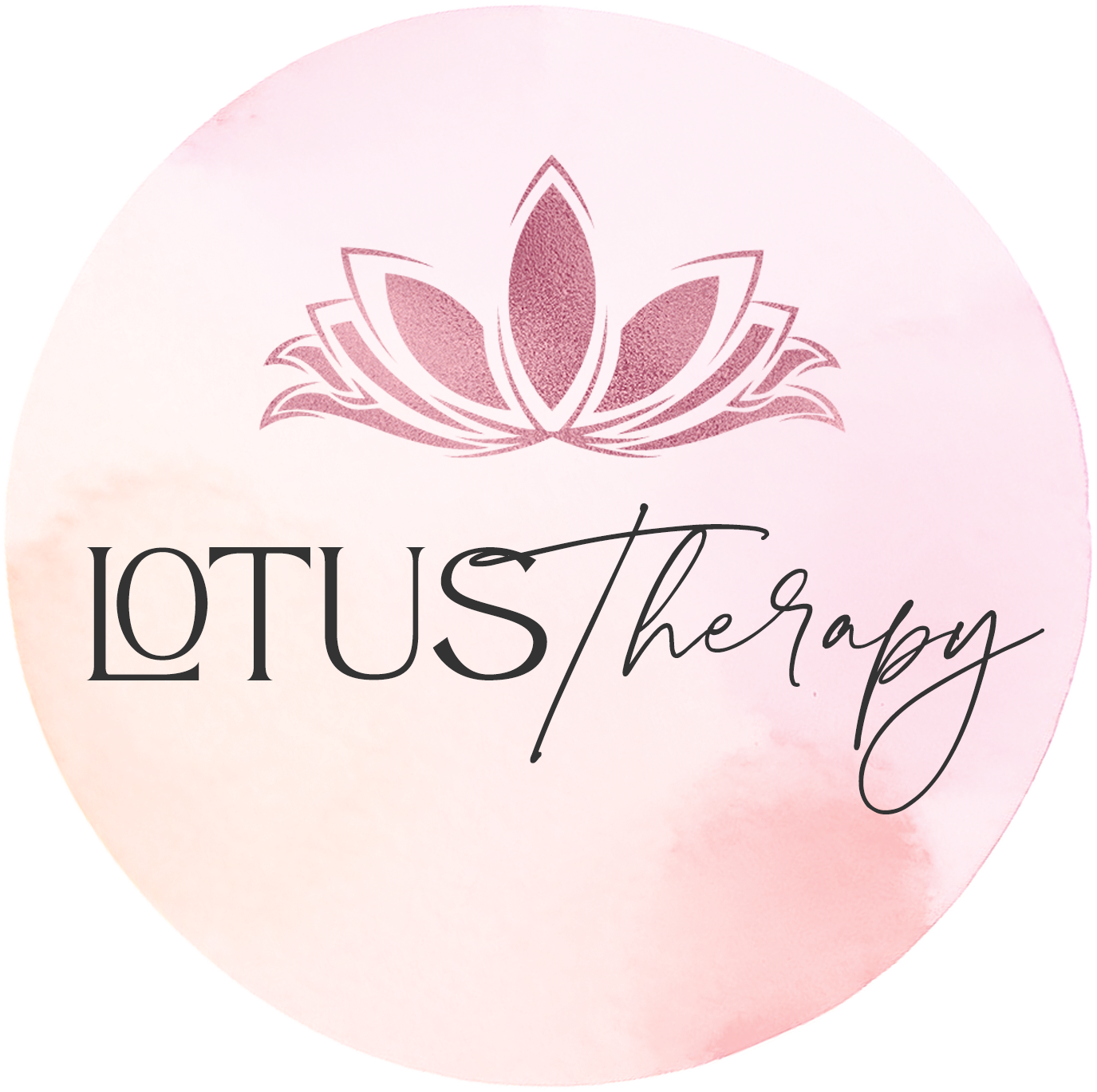Needs vs. Strategies
The Key to Healthier Conflict in Relationships
Most conflict in relationships doesn’t come from what people need—it comes from how they try to meet those needs.
Understanding the difference between a universal human need and a strategy to meet that need is one of the most transformative shifts couples can make. When we mistake a strategy for a need, we often get stuck in power struggles, defensiveness, or misunderstanding. But when we uncover the real need underneath the strategy, we create room for creativity, compassion, and mutual care.
This distinction is a cornerstone of Nonviolent Communication (NVC), the method developed by psychologist Marshall Rosenberg, and it’s one of the most useful tools for anyone wanting to communicate better, fight less, and connect more.
What Are Needs?
Needs are the core, universal experiences that all human beings share. They are not specific to one person, one culture, or one moment. They’re timeless, essential, and deeply human.
Examples of needs:
Connection
Autonomy
Trust
Security
Respect
Play
Belonging
Honesty
Peace
Support
Understanding
When we feel angry, hurt, or distant in our relationships, it’s often because one of our core needs isn’t being met—not because our partner is bad or wrong.
What Are Strategies?
A strategy is the specific way we try to meet a need. Strategies can be actions, requests, behaviors, or expectations. While needs are universal, strategies are personal, situational, and negotiable.
Here’s the key:
We often argue about strategies when we’re actually yearning for the same underlying need.
Examples of strategies:
“You should call me every night.”
“We need to go on vacation together this year.”
“You need to stop working weekends.”
“I want you to spend more time with my family.”
Each of these is a strategy—but what’s the need underneath?
The Difference in Action
Let’s look at an example.
Partner A says: “You never spend weekends with me anymore.”
Partner B responds defensively: “I’m exhausted and I need downtime!”
A fight begins.
What’s happening here? Partner A’s strategy is time together. Partner B’s strategy is rest and space. On the surface, they seem incompatible.
But if both slow down and tune in:
Partner A’s need might be for connection, reassurance, or shared quality time.
Partner B’s need might be for recovery, autonomy, or mental peace.
Once both needs are clear, the couple can collaborate to find a new strategy that meets both needs.
Maybe they decide to:
Spend Saturday morning together and give Sunday to solo time.
Schedule intentional connection during the week to relieve weekend pressure.
Share their needs more directly: “I miss you” instead of “You never…”
The shift from strategy to need allows both people to feel heard, respected, and empowered.
Why This Matters in Relationships
Most power struggles happen because:
We confuse our strategy for the only way to meet our need
We demand the strategy, rather than expressing the need
We don’t invite collaboration—we issue ultimatums
But when you express the need, not just the strategy, it invites your partner into a place of curiosity and compassion. It sounds less like a demand and more like a desire to be known.
This reduces defensiveness and invites co-creation of solutions.
How to Tell If You’re Speaking a Need or a Strategy
Ask yourself:
Is this something only one specific person can give me? (Likely a strategy)
Can this be met in more than one way? (Likely a need)
Would people across the world understand this feeling or desire? (Likely a need)
Am I attached to how it gets met? (You’re in strategy territory)
Reframe your language:
Instead of:
“I need you to text me more.”
Try:
“I feel anxious when I don’t hear from you, and I think I’m needing reassurance and connection. Could we talk about ways that feel good to both of us?”
From Demand to Dialogue: Reclaiming the Power of Choice
Rosenberg taught that when we lead with needs, we create choice instead of coercion—and love that is given freely, not out of guilt or pressure.
When each person shares their needs with openness (not blame), the relationship becomes a collaborative space. You're no longer adversaries fighting over limited resources. You're partners working together to create a life where both people feel fulfilled.
Needs Are Universal—Strategies Are Negotiable
The next time you feel stuck in a disagreement, ask yourself:
“What is the need underneath what I’m asking for?”
“Is there a way to meet both of our needs here, even if the strategy looks different?”
When couples learn to differentiate needs from strategies, they stop fighting over tactics and start working toward mutual understanding. And from that understanding, they build a relationship based on choice, compassion, and lasting emotional safety.
Want to explore the needs and patterns shaping your relationship? I help couples decode the deeper dynamics underneath conflict so they can rebuild communication and trust.
As a couples therapist based in Lakeland, Florida, I offer personalized counseling services to help couples strengthen their relationships. If you feel that professional help could benefit your relationship, don’t hesitate to reach out! If you're looking for something more personalized, I invite you to contact me for a consultation or book a session. Together, we can work towards building a more intentional and fulfilling relationship.
Written By: Crystin Nichols MS, RMFTI

